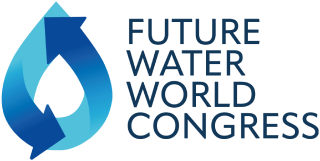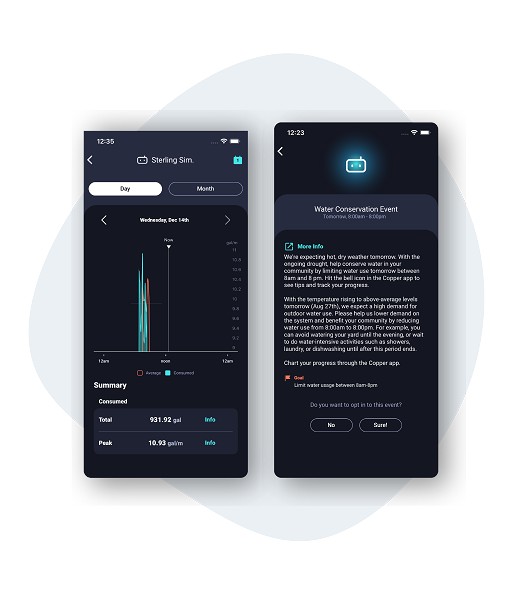Why real-time water meter data is essential for water planning, conservation, and climate adaptation
As water utilities increasingly deal with the effects of climate change and overuse of water, they need better information and tools to improve system resiliency, resource availability, leak detection, and customer engagement around water conservation. Getting better, near real-time data from water meters is a critical first step to support all these goals. The good news is that water utilities have a variety of options to get that data, from smart meters to strap-on flow sensors and emerging solutions that remotely access more granular data from existing meters without additional retrofits.
One immediate application for improved water meter data is in leakage detection. More frequent and granular data can provide a wealth of information about water consumption patterns. By analyzing this data and establishing baseline consumption levels, utilities and consumers can quickly identify anomalies that may indicate leaks or excessive water usage. More frequent data—for example, less than a minute between readings—can allow for much faster leak detection, allowing utilities and consumers to address problems as they arise rather than waiting weeks or months before realizing there’s a problem.
More generally, timely consumption information and usage insights empower consumers to monitor and manage their water consumption effectively. By providing them with access to their consumption data through user-friendly interfaces and mobile applications, they can track usage, identify anomalies, and take necessary actions to conserve water. Similar to techniques currently used in some particularly cost-effective utility energy efficiency programs, employing behavioral economics strategies—such as providing timely feedback, incentives, comparative benchmarks, and gamification—can encourage responsible water usage and foster a culture of conservation. Particularly in new communities, engaging stakeholders around the potential to meter indoor and outdoor usage separately (as is becoming standard practice in neighborhoods like Sterling Ranch outside of Denver, Colorado) can result in further management and conservation opportunities, particularly in times of drought when effective irrigation management is essential for homes and businesses.
Finally, with proper data management and analysis, high-resolution meter data can support improved resource planning by enabling a better understanding of actual consumption trends and correlation of usage with weather or other key variables. Not only can this type of information enable improved demand forecasting, but it can also facilitate utility-specific risk analysis under different climate scenarios and enable better resource management across the water/energy nexus—for example, optimizing pumping into water towers based on current electricity costs or greenhouse gas emissions.
Smart meters are an attractive and widely-promoted option to improve data frequency and granularity, but the expense and time needed to retrofit existing meters can put this option out reach for many water utilities. There are also some consumer-facing smart water sensors that may help customers get better insights on water use and identify leaks, though these can be difficult to deploy at scale, and consumption data may not necessarily match that of the existing water meter. Still another emerging approach, like that offered by Copper Labs, is to remotely collect data from existing meters using a lower-cost hardware solution—in cases where meters are already sharing data wirelessly via a wand or drive-by reader, this can present a much more cost-effective opportunity to get high-frequency meter data at scale.
As water utilities face a growing and unprecedented range of changes and challenges, high-resolution consumption data will be instrumental in supporting sustainable water management and planning. By enabling analysis of consumption patterns, enhancing leak detection, promoting behavior change, and facilitating the expansion of water efficiency programs, this kind of data can help water utilities effectively address water wastage, expand conservation efforts, and increase reliability and resiliency in a changing climate.



